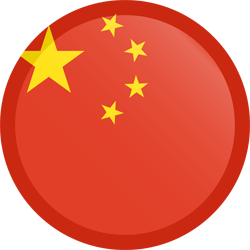China is nervous.
Beijing has recently started a barrage of fire against the Dalai Lama; it has not happened for years on this scale. The attack seems to target the ‘foreign’ audience, as it was mainly posted in English by CGTN through a series of several articles and two videos (featuring a well-known Indian Communist).
But what is CGTN, or China Central Television (CCTV)? It is an English-language news channel under the control of the Central Propaganda Department of the Chinese Communist Party (CCP). This explains many things.
On February 1, four articles appeared denouncing the Tibetan religious leader: “Unmasking the Dalai Lama: The root of darkness in old Xizang”.
Of course, it was also an occasion to ‘sell’ Tibet’s new name, Xizang. Beijing’s ‘friends’, like Pakistan and Nepal, have already started reporting about ‘Xizang’ and no more about Tibet or the Land of Snows.
…
Why [China’s] renewed aggressiveness now?
The first reason could be the forthcoming 90th birthday of the Tibetan leader. In 2011, in a long statement speaking about his succession and the return of the 15th Dalai Lama, he had announced that he would give details about his ‘return’ when he turns 90 years old.
…
Another reason for Beijing’s frustration and anger is that the attack on India in May 2020 in Eastern Ladakh has shown Beijing’s military limits, while at the same time triggering a never-seen-before development of India’s northern borders (ie, the construction of new roads, providing better communications with telecom towers in remote areas, the adoption of the Vibrant Village Scheme for border settlements, and a general revitalisation of local faith, in particular Tibetan Buddhism in the Himalaya).
The last is taking place at a time when China is pushing for the ‘sinization’ of the same Buddhism (which is the opposite of the Buddha’s profound teachings). All these factors probably concur to make Beijing nervous; an insecure China can be an aggressive China. India needs to be watchful.


